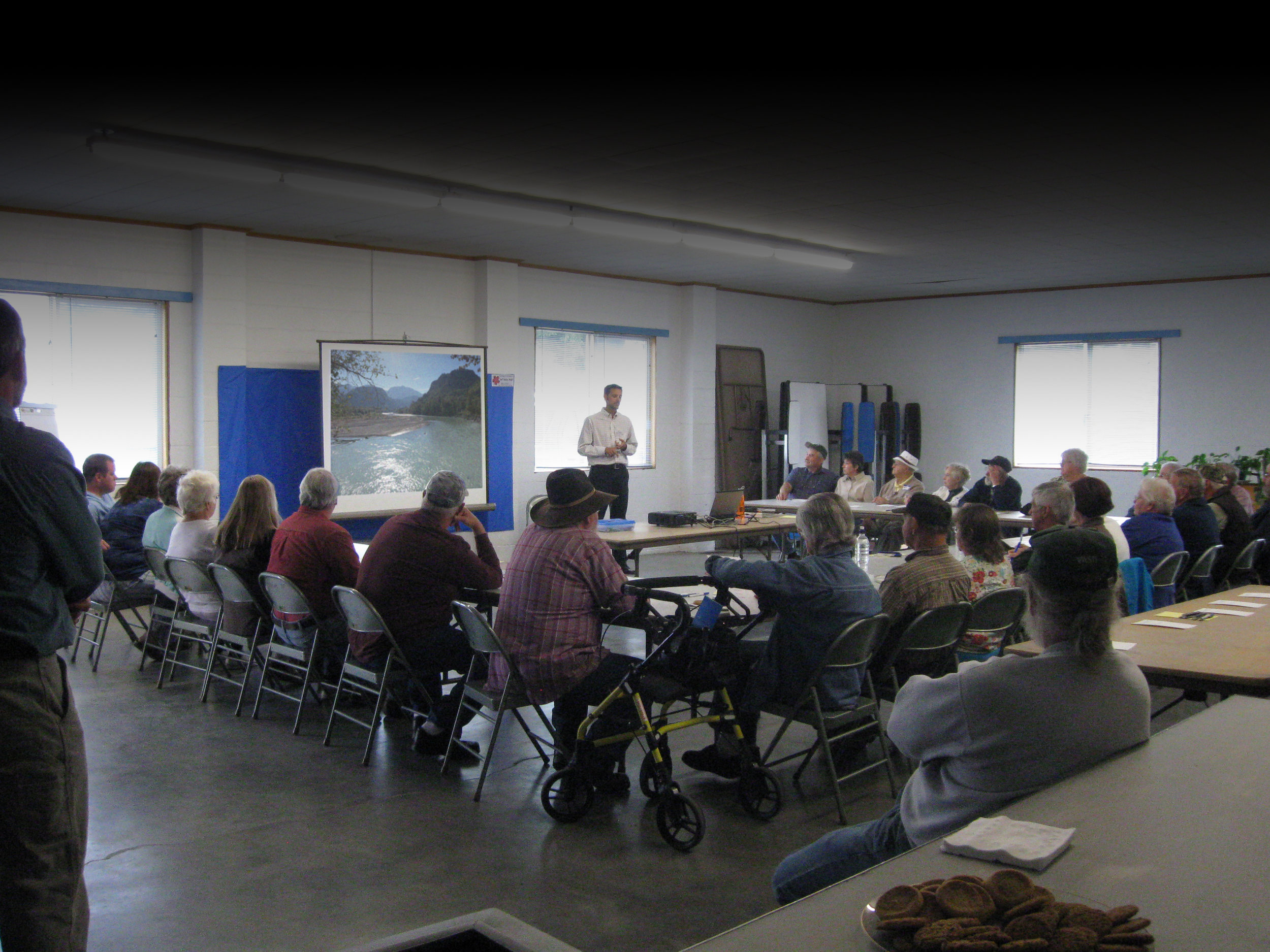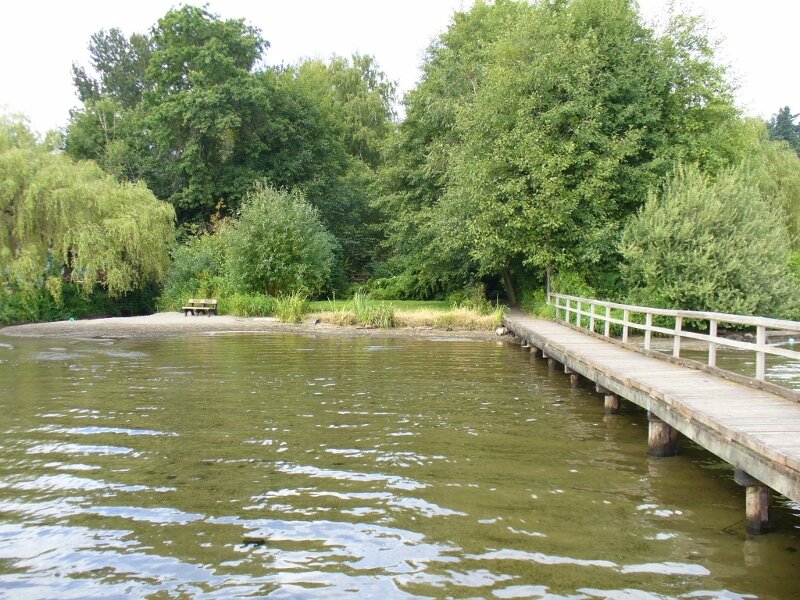Balancing Project Goals While Protecting the Environment
The Watershed Company helps government agencies, tribes, and non-profit groups protect and enhance natural resources, while accommodating existing or planned land uses. Informed by sound science and GIS analysis, our planners take into account a community’s culture and unique needs to provide guidance for future planning.
We also apply our deep understanding of local, state, and federal permitting requirements to help clients save time and money on projects of all sizes.
Our Planning and Permitting Services Include:
Critical Area Permits and Mitigation Planning
Critical Area Ordinances
EIS Discipline Reports
Endangered Species Act (ESA) Compliance
FEMA BIOp Compliance Assistance
Hydraulic Project Approval (HPA) for Washington Department of Fish and Wildlife
Land Use Permitting
Long-Range Planning and Comprehensive Plans
NEPA and SEPA Compliance
Programmatic Permits
Restoration Planning
Section 401 Water Quality Certification, Coastal Zone Management Determination for Washington Department of Ecology
Section 404 Permits and Section 10 Permits for Corps
Shoreline Master Programs
Shoreline Permits and Variances
Urban Wildlife Management Planning
Voluntary Stewardship Programs
Washington Department of Natural Resources Authorization to Use State Owned Aquatic Lands
Water Rights Withdrawals
Related Articles
How long will it take to permit My project?
Permits can make or break a project's schedule. Mark Daniel, planner and GIS analyst at The Watershed Company, explains the different permitting timelines and how to prepare for projects in or near areas with shorelines, streams, or wetlands.
Incorporating Carbon Sequestration Potential into Restoration Planning
A growing body of research indicates that estuarine and marine habitat restoration can help mitigate climate change through carbon sequestration. In this post, Watershed planners Sarah Sandstrom and Tess Brandon share why blue carbon should be on the mind of every restoration professional.
PROJECTS











